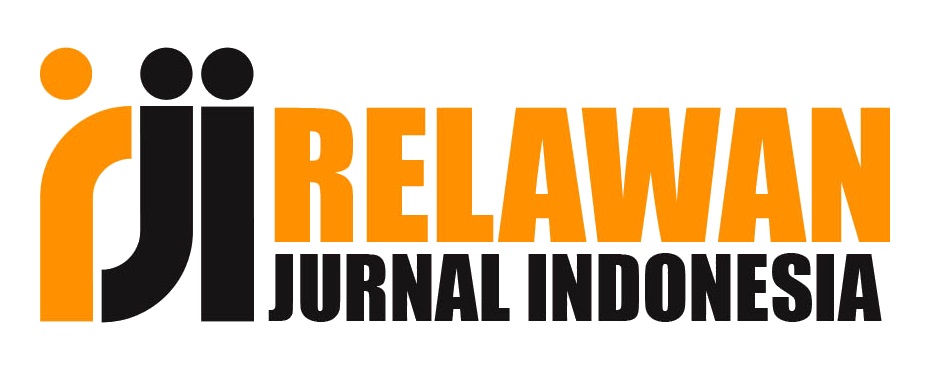Model for Establishing Agropolitan-Based Economic Growth in Lampung Province
Abstrak
Regional development can be said as a form of equitable distribution of development carried out through the development of agropolitan areas as an alternative solution to developing rural areas. An agropolitan area is an agricultural area consisting of agricultural towns, agricultural production center villages and surrounding buffer villages, and has facilities for the development of the agricultural industry. The basis of the agropolitan concept is to build the function of an agricultural city, where agriculture is not only seen from the side of farming or hoeing but still makes agriculture the dominant sector. The theory of attraction (gravity) is used to determine the regional growth center with the carrying capacity of the leading sector (base). with Central Lampung where the distance between these two districts is 129.50 Km, then followed by North Lampung Regency (Earth City) with a value (T.7-9) = 14,970,792,021.35 where the relationship between this district is with Tulang Bawang district (Menggala) which is 91.16 Km. The physical distance between Kota Agung and Kota Bumi is 186.84 Km, which can be said that each regency is still running its (economy) wheels according to their respective local strengths, no one has yet implied that there is a district power that is intentional to be used as Growth Center. The relationship between regencies in Lampung Province reveals the relationship of respective local power, such as the relationship between the need for production materials (interregional) economy. This relationship between regencies and cities is proven by the results of an analysis of the local strengths or potential of each district, where the LQ analysis shows local strengths, which based on research with LQ from BPS Lampung Province in 2021 according to Business Fields, it is known that the Agricultural Sector consists of the Agricultural Sub-Sector, Forestry and Fisheries is the Base sector, where the 2015 LQ results obtained a value of 2.37 and the 2019 LQ results obtained a value of 2.18. Other sectors that become the basis are the Transportation and Warehousing Sector. Thus it is clear that Lampung Province with 13 regencies and 2 cities shows that there is no strength for one regency to become a center of growth and from the results of the analysis there are 2 regencies, namely Kota Bumi and Kota Agung which can be planned as regional planning areas for growth points or growth centers.
##plugins.generic.usageStats.downloads##
Hak cipta jurnal ini ditugaskan untuk KALBISCIENTIA sebagai penerbit jurnal berdasarkan pengetahuan penulis, sedangkan hak moral publikasi merupakan milik penulis. Setiap publikasi cetak dan elektronik dapat diakses secara terbuka untuk tujuan pendidikan, penelitian, dan perpustakaan. Dewan editorial tidak bertanggung jawab atas pelanggaran hak cipta kepada pihak lain selain dari yang telah disebutkan sebelumnya. Reproduksi bagian mana pun dari jurnal ini (dicetak atau online) hanya akan diizinkan dengan izin tertulis dari KALBISCIENTIA: Jurnal Sains dan Teknologi.










